1. Gainsforth BL, Higley L. 1945; A study of orthodontic anchorage possibilities in basal bone. Am J Orthod Oral Surg. 31:406–17. DOI:
10.1016/0096-6347(45)90025-1.
2. Brånemark PI, Hansson BO, Adell R, Breine U, Lindström J, Hallén O, et al. 1977; Osseointegrated implants in the treatment of the edentulous jaw. Experience from a 10-year period. Scand J Plast Reconstr Surg Suppl. 16:1–132. PMID:
356184.
3. Creekmore TD, Eklund MK. 1983; The possibility of skeletal anchorage. J Clin Orthod. 17:266–9. PMID:
6574142.
4. Yao CC, Wu CB, Wu HY, Kok SH, Chang HF, Chen YJ. 2004; Intrusion of the overerupted upper left first and second molars by mini-implants with partial-fixed orthodontic appliances: a case report. Angle Orthod. 74:550–7. DOI:
10.1043/0003-3219(2004)074<0550:IOTOUL>2.0.CO;2. PMID:
15387035.
5. Kravitz ND, Kusnoto B, Tsay PT, Hohlt WF. 2007; Intrusion of overerupted upper first molar using two orthodontic miniscrews. A case report. Angle Orthod. 77:915–22. DOI:
10.2319/050106-187.1. PMID:
17902236.
6. Sherwood KH, Burch JG, Thompson WJ. 2002; Closing anterior open bites by intruding molars with titanium miniplate anchorage. Am J Orthod Dentofacial Orthop. 122:593–600. DOI:
10.1067/mod.2002.128641. PMID:
12490869.
9. Togawa R, Iino S, Miyawaki S. 2010; Skeletal Class III and open bite treated with bilateral sagittal split osteotomy and molar intrusion using titanium screws. Angle Orthod. 80:1176–84. DOI:
10.2319/021910-102.1. PMID:
20677972. PMCID:
PMC8929500.
10. Marzouk ES, Abdallah EM, El-Kenany WA. 2015; Molar intrusion in open-bite adults using zygomatic miniplates. Int J Orthod Milwaukee. 26:47–54. PMID:
26349291.
13. Marzouk ES, Kassem HE. 2016; Evaluation of long-term stability of skeletal anterior open bite correction in adults treated with maxillary posterior segment intrusion using zygomatic miniplates. Am J Orthod Dentofacial Orthop. 150:78–88. DOI:
10.1016/j.ajodo.2015.12.014. PMID:
27364209.
15. Daimaruya T, Takahashi I, Nagasaka H, Umemori M, Sugawara J, Mitani H. 2003; Effects of maxillary molar intrusion on the nasal floor and tooth root using the skeletal anchorage system in dogs. Angle Orthod. 73:158–66. DOI:
10.1043/0003-3219(2003)73<158:EOMMIO>2.0.CO;2. PMID:
12725372.
16. Kanzaki R, Daimaruya T, Takahashi I, Mitani H, Sugawara J. 2007; Remodeling of alveolar bone crest after molar intrusion with skeletal anchorage system in dogs. Am J Orthod Dentofacial Orthop. 131:343–51. DOI:
10.1016/j.ajodo.2006.04.025. PMID:
17346589.
17. Graber LW, Vanarsdall RL Jr., Vig KWL. 2011. Orthodontics: current principles and techniques. 5th ed. Mosby;Louis: DOI:
10.1016/0002-9416(85)90010-7.
18. Sugawara J, Baik UB, Umemori M, Takahashi I, Nagasaka H, Kawamura H, et al. 2002; Treatment and posttreatment dentoalveolar changes following intrusion of mandibular molars with application of a skeletal anchorage system (SAS) for open bite correction. Int J Adult Orthodon Orthognath Surg. 17:243–53. PMID:
12592995.
19. Murakami T, Yokota S, Takahama Y. 1989; Periodontal changes after experimentally induced intrusion of the upper incisors in Macaca fuscata monkeys. Am J Orthod Dentofacial Orthop. 95:115–26. DOI:
10.1016/0889-5406(89)90390-9. PMID:
2916468.
21. Newman MG, Takei H, Klokkevold PR, Carranza FA. 2015. Carranza's clinical periodontology. 12th ed. Elsevier Science;St. Louis:
22. da Silva VC, Cirelli CC, Ribeiro FS, Leite FR, Benatti Neto C, Marcantonio RA, et al. 2008; Intrusion of teeth with class III furcation: a clinical, histologic and histometric study in dogs. J Clin Periodontol. 35:807–16. DOI:
10.1111/j.1600-051X.2008.01293.x. PMID:
18662302.
23. Chung CJ, Jang W, Piers C, Lee DW, Hwang S, Kim KH, et al. 2019; Differential alveolar bone modeling after orthodontic retraction. J Am Dent Assoc. 150:313–20. DOI:
10.1016/j.adaj.2018.12.029. PMID:
30922461.
24. Weltman B, Vig KW, Fields HW, Shanker S, Kaizar EE. 2010; Root resorption associated with orthodontic tooth movement: a systematic review. Am J Orthod Dentofacial Orthop. 137:462–76. discussion 12ADOI:
10.1016/j.ajodo.2009.06.021. PMID:
20362905.
25. Moon CH, Wee JU, Lee HS. 2007; Intrusion of overerupted molars by corticotomy and orthodontic skeletal anchorage. Angle Orthod. 77:1119–25. DOI:
10.2319/092705-334.1. PMID:
18004918.
26. Bellini-Pereira SA, Almeida J, Aliaga-Del Castillo A, Dos Santos CCO, Henriques JFC, Janson G. 2021; Evaluation of root resorption following orthodontic intrusion: a systematic review and meta-analysis. Eur J Orthod. 43:432–41. DOI:
10.1093/ejo/cjaa054. PMID:
32968763.
28. Lee HA, Park YC. 2008; Treatment and posttreatment changes following intrusion of maxillary posterior teeth with miniscrew implants for open bite correction. Korean J Orthod. 38:31–40. DOI:
10.4041/kjod.2008.38.1.31.
29. Baek MS, Choi YJ, Yu HS, Lee KJ, Kwak J, Park YC. 2010; Long-term stability of anterior open-bite treatment by intrusion of maxillary posterior teeth. Am J Orthod Dentofacial Orthop. 138:396.e1–e9. DOI:
10.1016/j.ajodo.2010.04.023. PMID:
20889043.
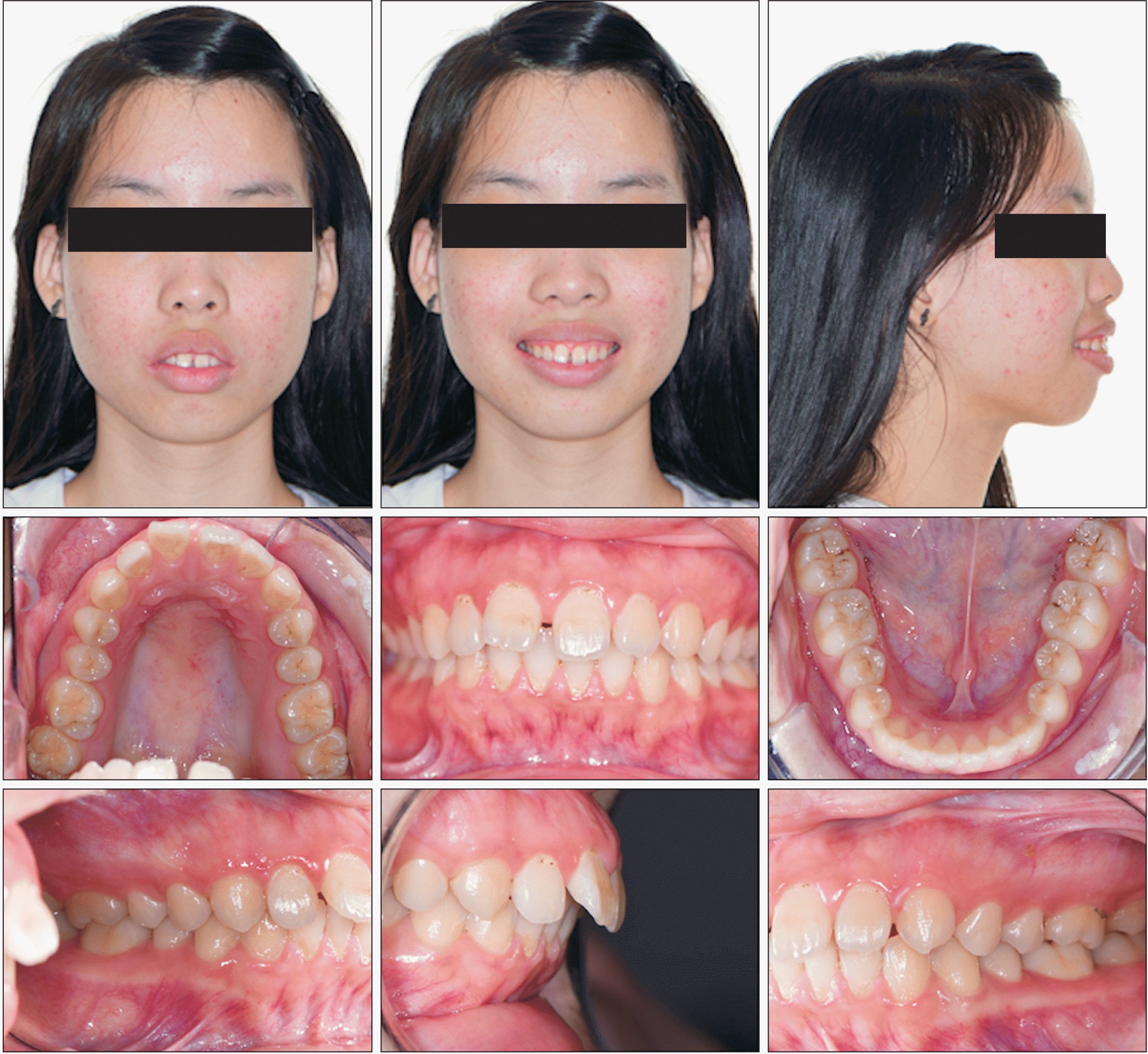
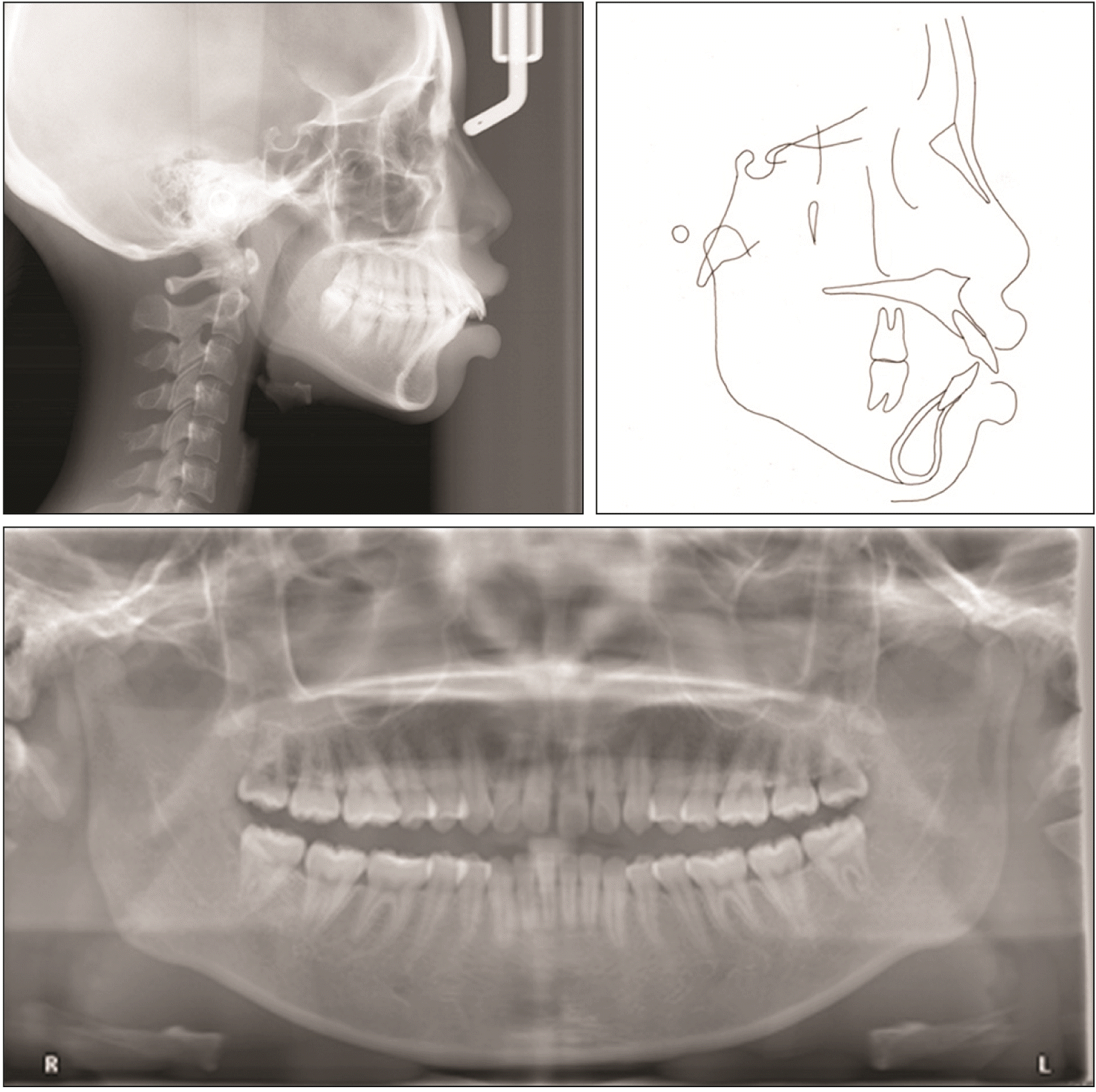
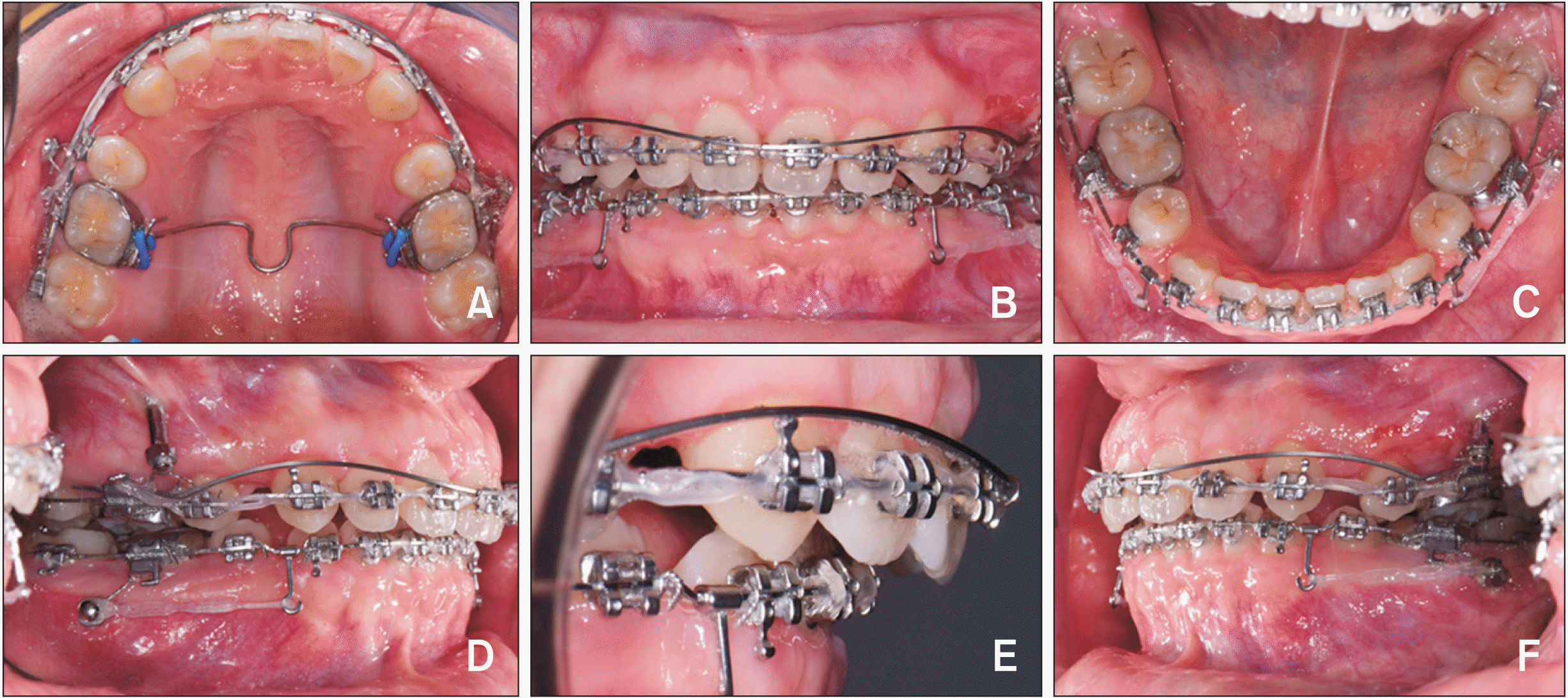
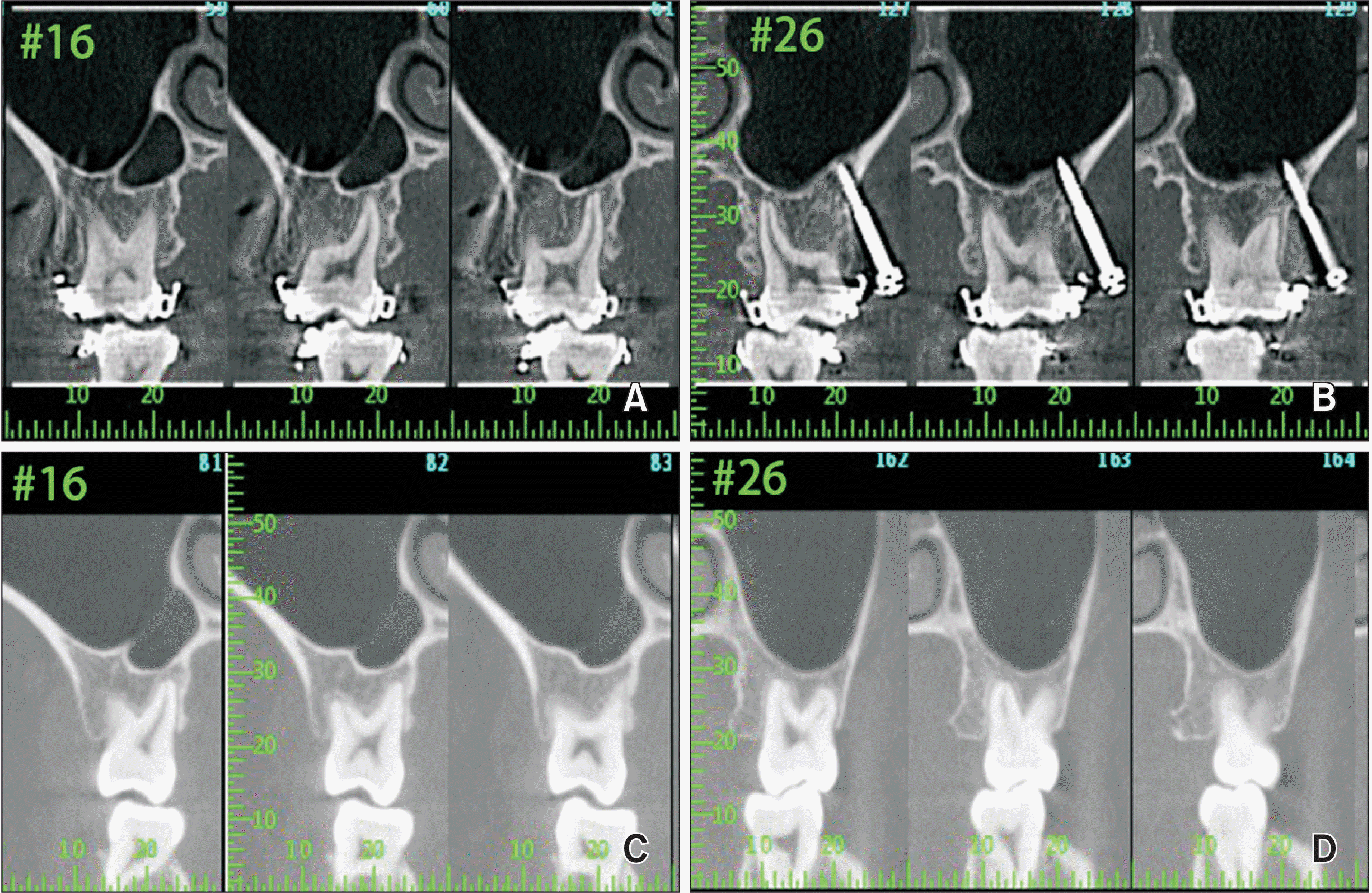
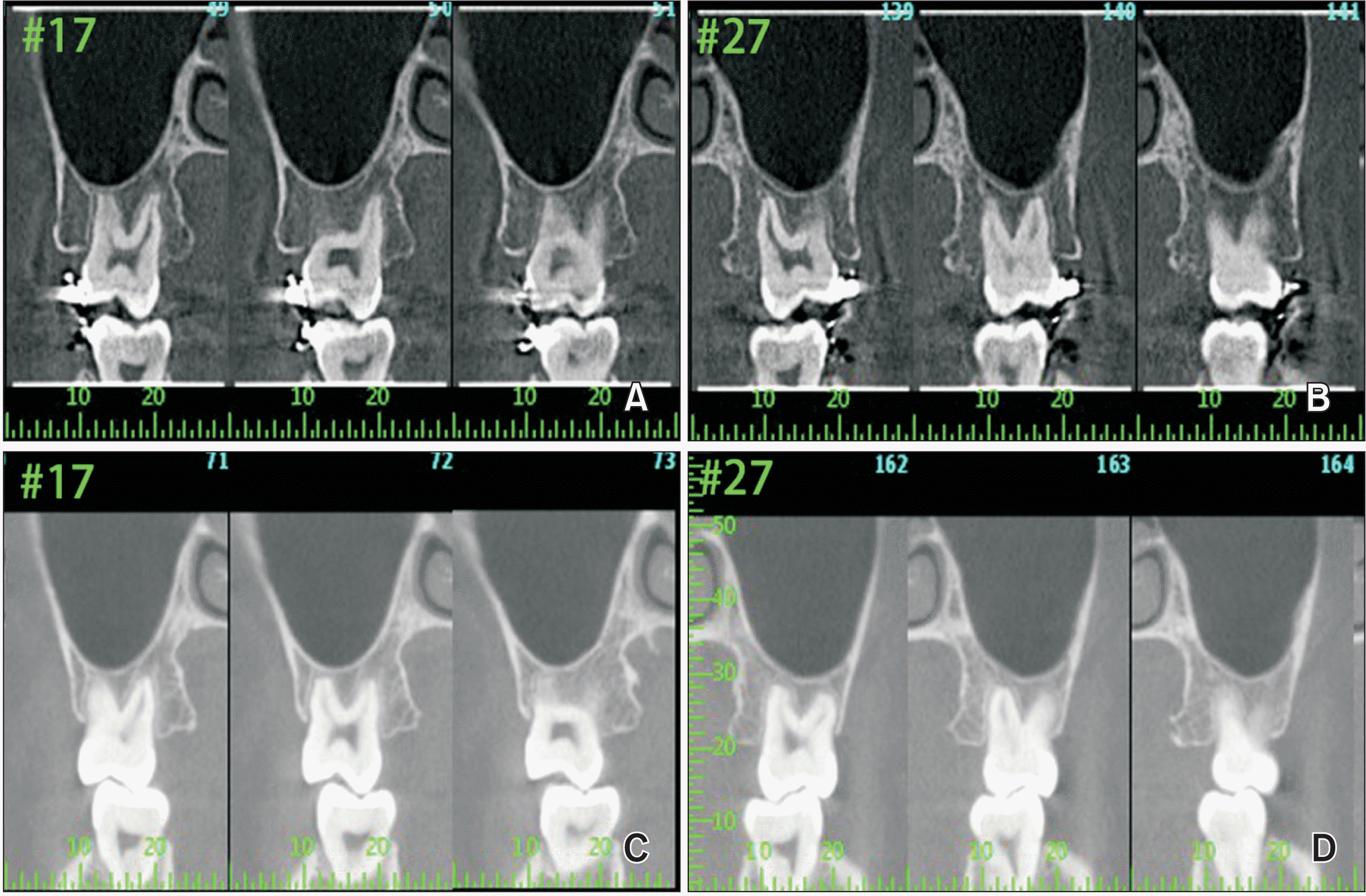
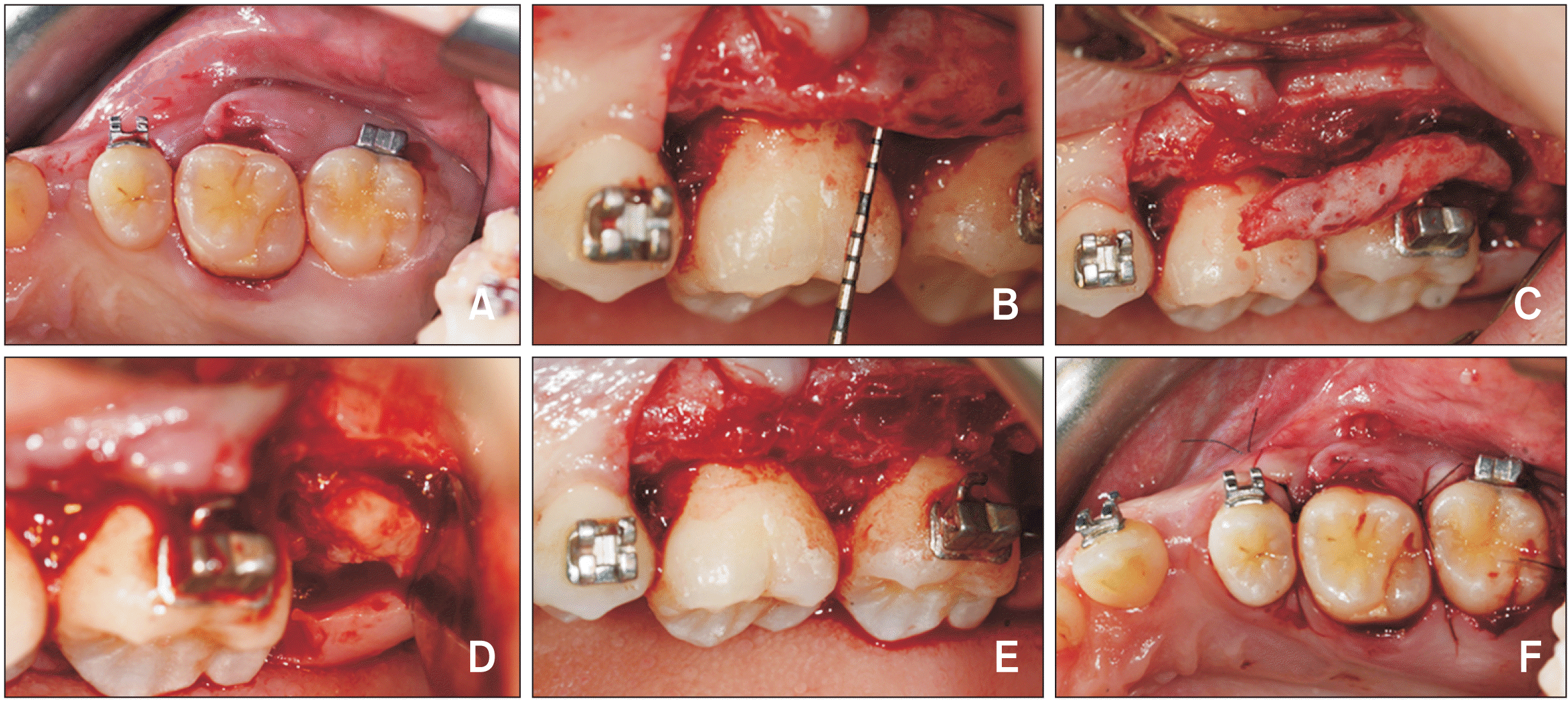
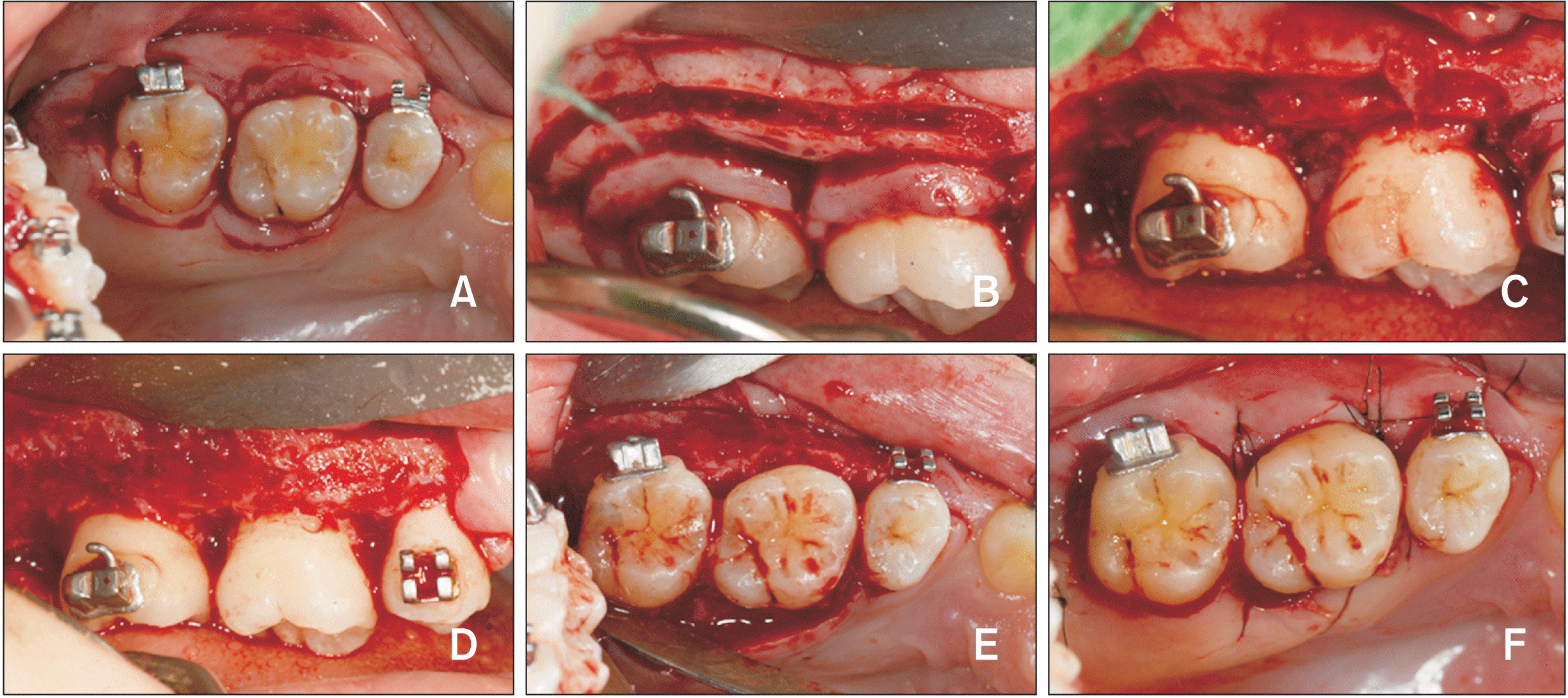
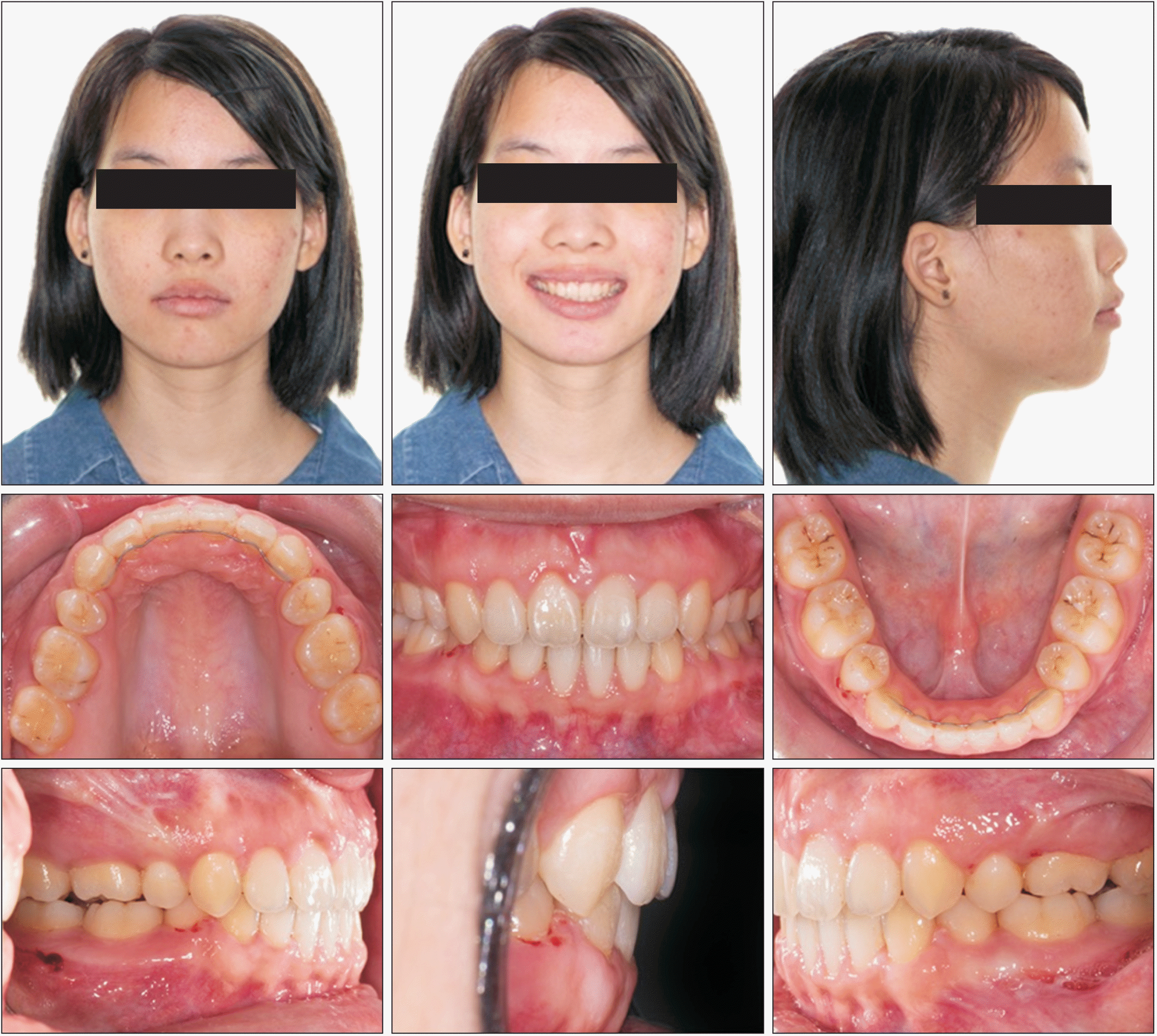
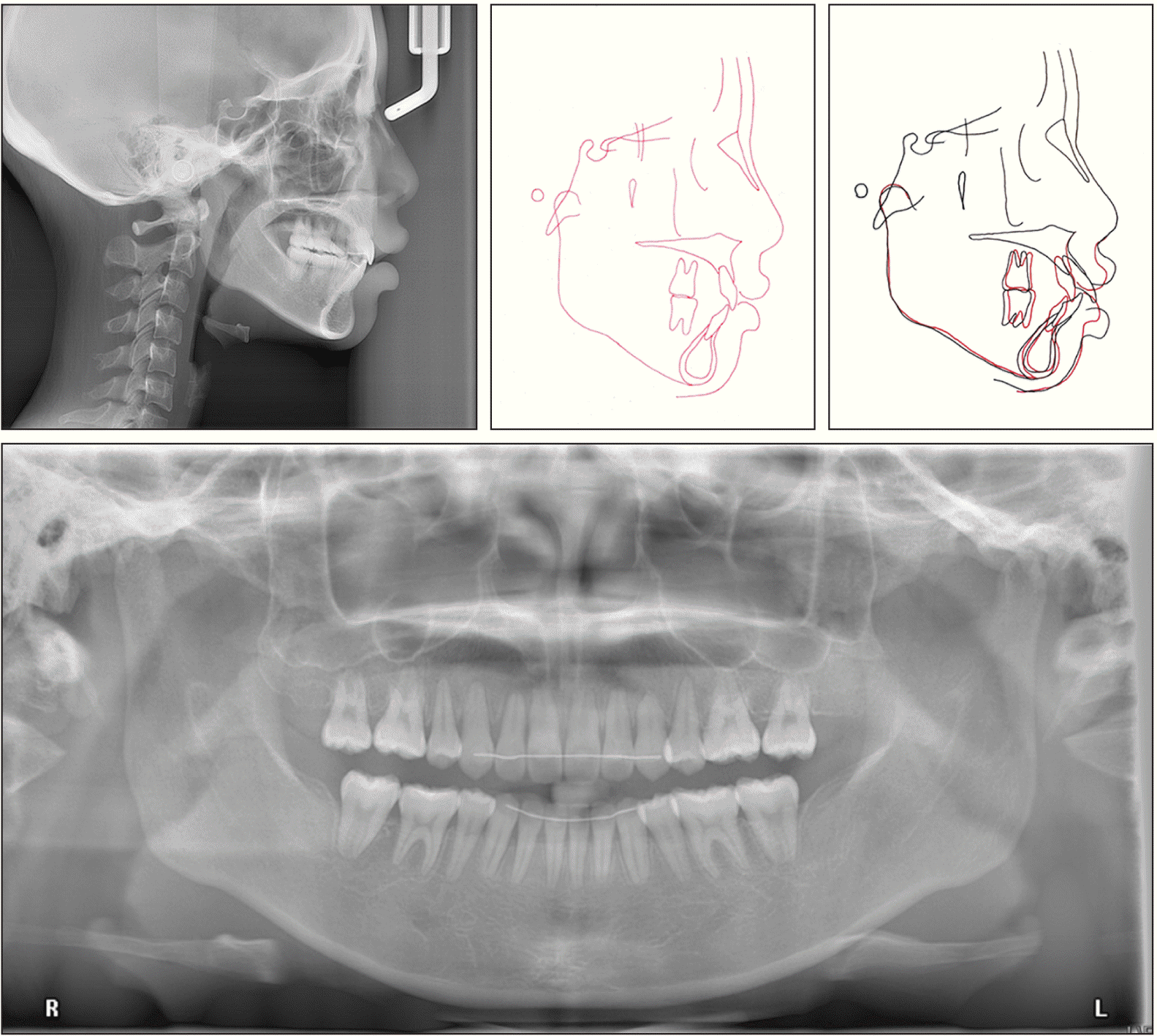
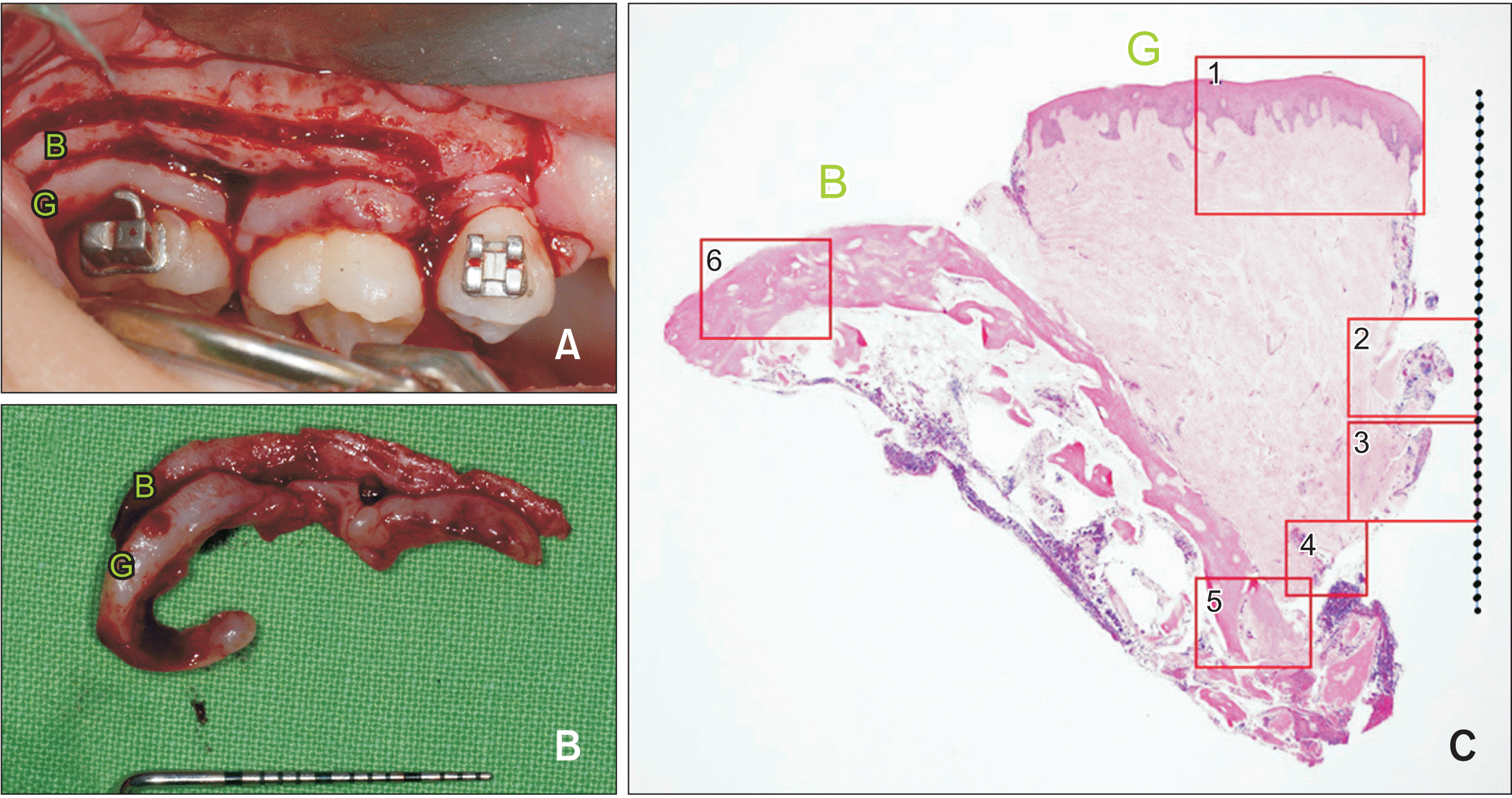
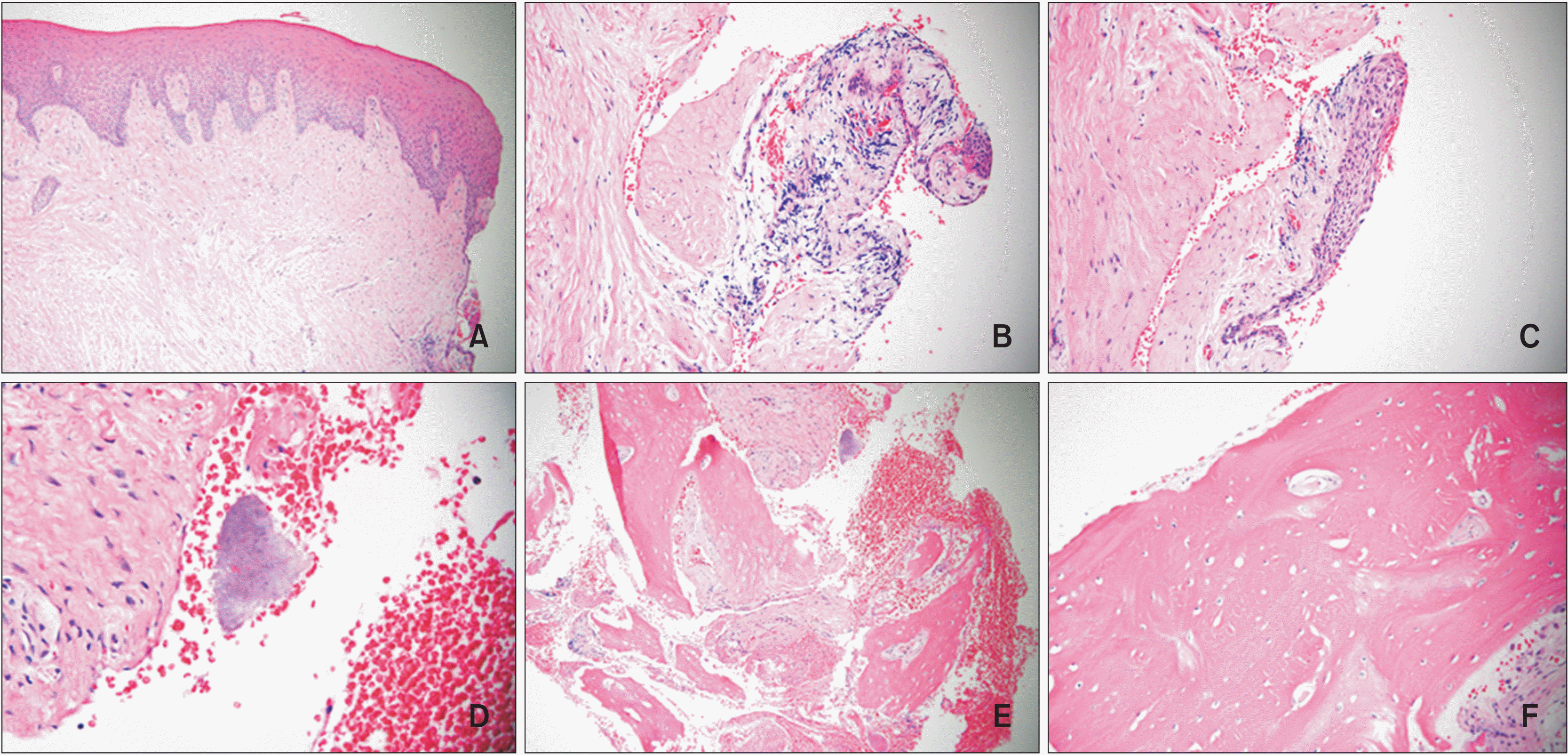




 PDF
PDF Citation
Citation Print
Print



 XML Download
XML Download